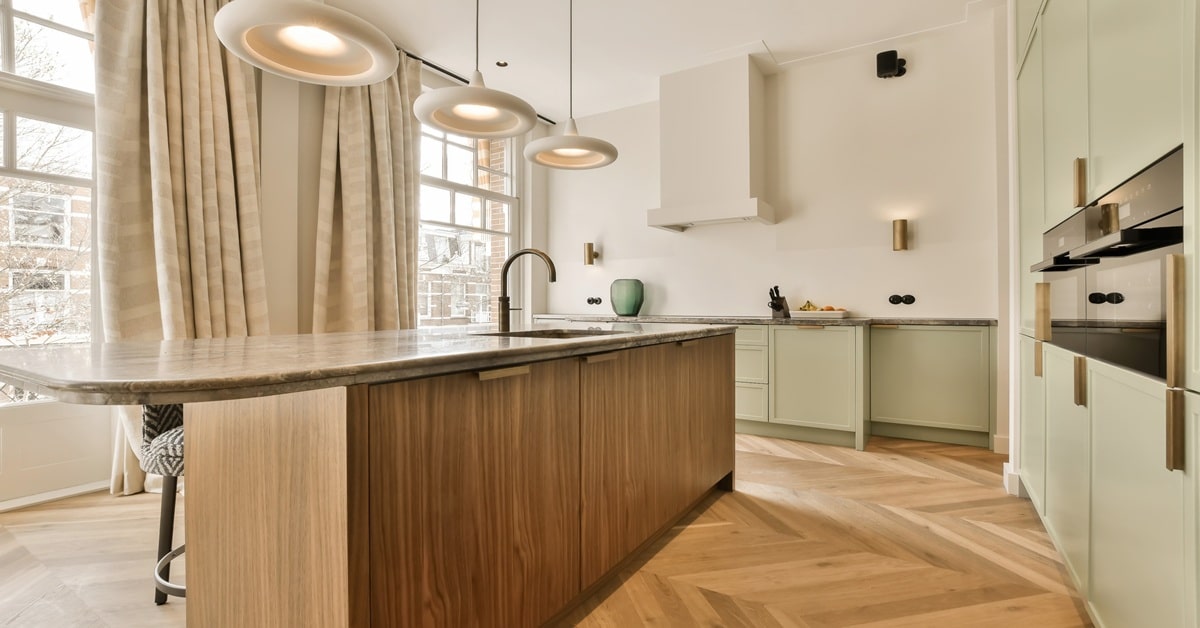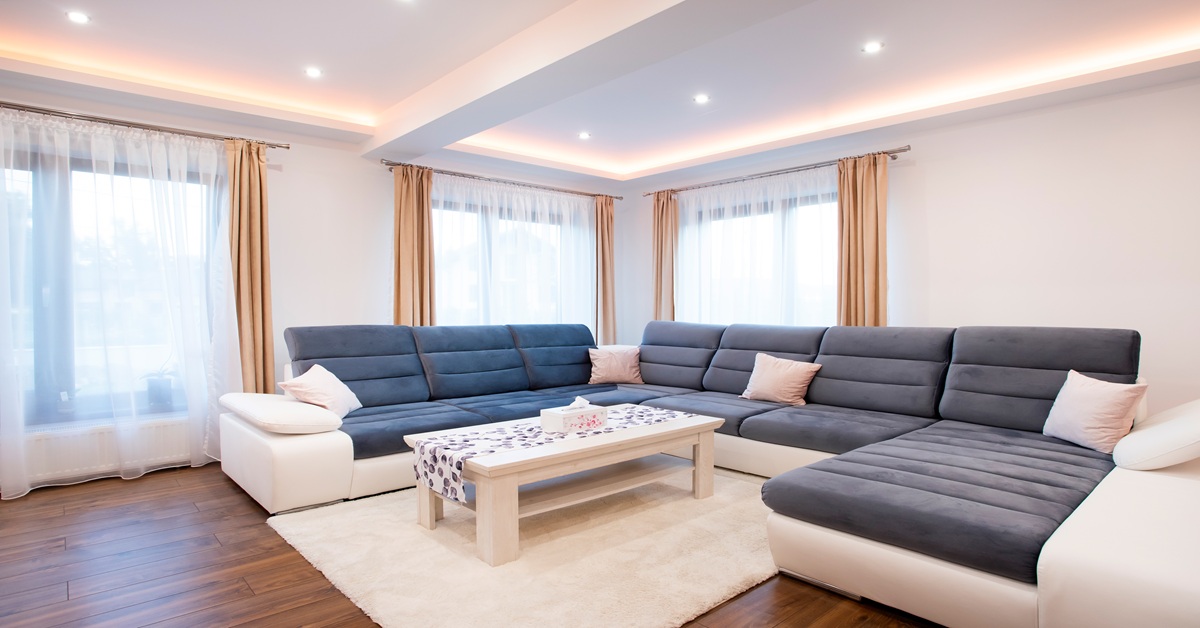Introduction
Fire safety has become a crucial consideration in construction, with increasing awareness around building materials that can minimize the risk of fire outbreaks. One such material is fire rated plywood, an innovative product that provides enhanced protection against fire, offering both strength and safety. In this article, we will explore what fire rated plywood is, how it works, its benefits, and tips for choosing the right type for your project.
What is Fire Rated Plywood?
Fire rated plywood is a type of plywood treated with fire-retardant chemicals to enhance its resistance to flames and heat. This treatment makes the plywood more durable in fire-prone environments, reducing the spread of fire and providing additional time for evacuation and fire control.
Fire rated plywood differs from regular plywood in that it undergoes a specialized treatment process that enhances its fire resistance without affecting its structural integrity or appearance. This means it can be used in a variety of settings while still adhering to stringent fire safety standards.
How Does Fire Rated Plywood Work?
The effectiveness of fire rated plywood lies in the fire-retardant chemicals used during the manufacturing process. These chemicals are applied under high pressure and heat, penetrating deep into the wood fibers. This treatment slows the rate at which the plywood ignites and prevents flames from spreading rapidly.
Key Working Mechanisms:
- Slowed Ignition:
- The fire-retardant chemicals create a barrier that slows down the ignition process, reducing the time it takes for the wood to catch fire.
- Formation of a Protective Layer:
- When exposed to high heat, fire rated plywood forms a char layer. This char acts as an insulator, shielding the inner layers from heat and reducing the plywood’s flammability.
- Reduction of Smoke Emissions:
- Fire rated plywood emits less smoke compared to untreated plywood, which can help improve visibility and air quality during a fire, aiding evacuation efforts.
- Limiting the Spread of Flames:
- By slowing the spread of flames, fire rated plywood allows occupants of a building to exit safely and provides emergency responders more time to control the situation.
Benefits of Fire Rated Plywood
- Enhanced Fire Safety:
- The primary benefit of fire rated plywood is its ability to improve fire safety. It is designed to minimize fire hazards and provide added protection in residential, commercial, and industrial applications.
- Compliance with Building Codes:
- Fire rated plywood is often a requirement in many construction projects due to local and national fire safety codes. Using this material ensures compliance and reduces the risk of penalties or project delays.
- Structural Integrity:
- Despite its fire-retardant treatment, fire rated plywood maintains its structural strength. It can be used in load-bearing applications without compromising safety or durability.
- Versatility in Design:
- Fire rated plywood is available in a range of grades and finishes, making it suitable for various design needs. It can be painted, stained, or left in its natural state, providing flexibility in aesthetic choices.
- Lower Insurance Premiums:
- Buildings constructed with fire rated materials, including plywood, often qualify for lower insurance premiums due to reduced fire risk. This can result in significant long-term savings.
- Environmentally Friendly Options:
- Many manufacturers now offer fire rated plywood made from sustainable and eco-friendly sources, ensuring that safety does not come at the expense of the environment.
Common Applications of Fire Rated Plywood
- Residential Homes:
- In homes, fire rated plywood can be used in high-risk areas such as kitchens, living rooms, and attics. It is also ideal for wall paneling, ceilings, and subflooring to enhance overall fire resistance.
- Commercial Buildings:
- Fire rated plywood is widely used in commercial spaces such as offices, hotels, and shopping centers. It is particularly beneficial in areas with high foot traffic, where fire safety is critical.
- Public Buildings:
- Schools, hospitals, and government buildings are often required to meet stringent fire safety standards. Fire rated plywood is commonly used for interior partitions, ceiling tiles, and wall coverings in these environments.
- Industrial Settings:
- In warehouses and factories, fire rated plywood can help reduce fire hazards, especially in areas where flammable materials are stored or handled.
- Furniture and Fixtures:
- Fire rated plywood is increasingly used in the manufacturing of furniture and fixtures for public spaces, offering an additional layer of fire safety in places like theaters, libraries, and museums.
How to Choose the Right Fire Rated Plywood
Choosing the right fire rated plywood requires careful consideration of factors such as fire rating, type of application, and design preferences. Here’s how you can make an informed decision:
- Understand Fire Ratings:
- Fire rated plywood comes with different fire ratings based on its performance under fire exposure tests. Common ratings include Class A, B, or C, with Class A offering the highest level of fire resistance. Always check the fire rating before purchasing plywood to ensure it meets the required safety standards for your project.
- Check Compliance with Local Building Codes:
- Ensure the fire rated plywood you choose complies with local fire safety codes and regulations. Some jurisdictions have specific requirements for materials used in construction, especially in commercial or public buildings.
- Consider the Application:
- Determine where the plywood will be used. For interior applications like wall paneling and ceilings, fire rated plywood with a lower thickness may suffice. However, for structural applications, choose plywood with greater thickness and load-bearing capabilities.
- Evaluate Moisture Resistance:
- If the plywood is tol be installed in humid or damp environments, opt for fire rated plywood that also offers moisture resistance. This ensures that the plywood maintains its structural integrity and fire resistance over time.
- Choose Aesthetic Preferences:
- Fire rated plywood comes in various finishes and grades. Choose a finish that complements the design aesthetic of your project. Whether you prefer a natural wood look, painted surfaces, or stained finishes, fire rated plywood offers visual flexibility without compromising safety.
- Seek Certified Products:
- Always choose plywood that has been tested and certified by recognized fire safety organizations. Certifications such as ASTM E84 and UL 723 indicate that the plywood meets stringent fire safety standards.
Maintenance and Care of Fire Rated Plywood
- Regular Inspections:
- Conduct routine inspections of fire rated plywood installations, particularly in high-risk areas like kitchens or industrial settings. Look for signs of damage, wear, or degradation that may affect its fire-resistant properties.
- Proper Cleaning:
- Clean fire rated plywood surfaces with non-abrasive cleaners to prevent any kind of damage to the finish. Avoid using harsh chemicals that may weaken the fire retardant treatment.
- Repairs and Replacements:
- If any sections of the fire rated plywood are damaged, repair or replace them promptly to maintain overall fire safety. Ensure any replacements meet the same fire ratings and standards as the original material.
- Reapplication of Fire Retardant:
- Depending on the manufacturer’s guidelines, fire rated plywood may require reapplication of fire retardant treatments after several years to ensure continued protection.
Conclusion
Fire rated plywood is an essential material in modern construction, offering enhanced fire safety without compromising on strength or aesthetics. Its ability to slow the spread of flames, maintain structural integrity, and comply with building codes makes it an invaluable choice for both residential and commercial projects.
When selecting fire rated plywood, always consider fire ratings, compliance with local regulations, and the specific needs of your project. With the right choice, you can create a safe and beautiful space that prioritizes fire protection.
Wigwam Plywood is a trusted name in the industry and offers a wide range of fire rated plywood solutions. Whether you are designing your own home or a commercial structure, our high-quality fire rated plywood ensures safety and durability for your construction needs. Explore our collection and experience the Wigwam difference today.







